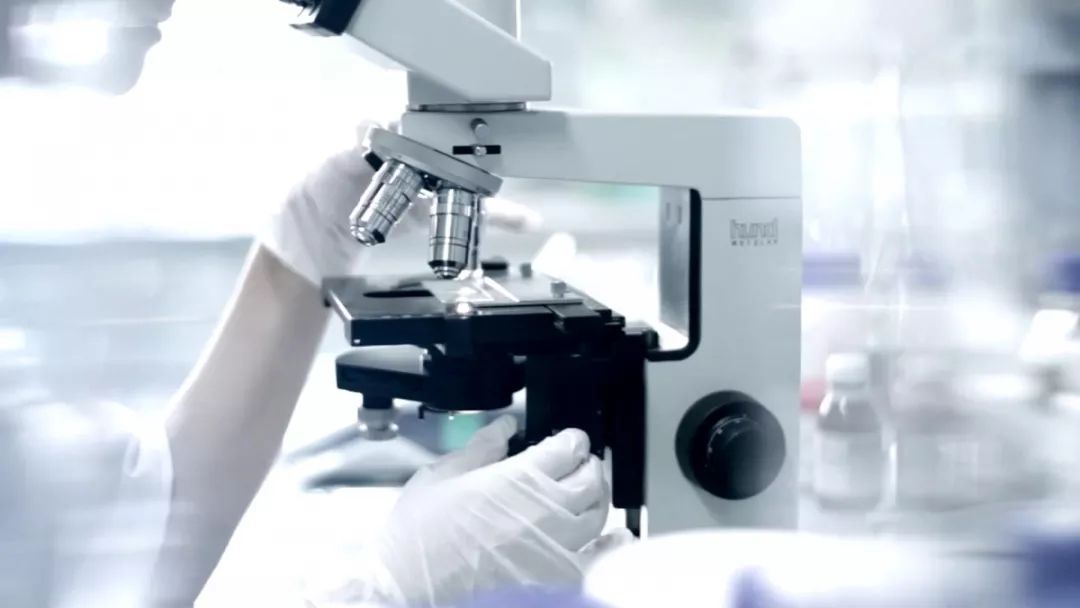
You should have come across this one quite often in your daily work
Situation, you convey the work to A, A to B, C,BC to DEF... At the end
of the work,when you hand it in, you find what you get and what you
convey,the weather is different.
Now, when you get everyone together and you ask questions, you see that
your requirement starts to have a bias from B, and the more it spreads, the
bigger the bias. When it comes to emphasizing your needs, the work will be
slowed down and the same problems may arise again.

This is just a communication gap with colleagues, which can be remedied for the most part
Save sex. So if it comes up when you're talking to the customer about your needs
What about deviation? When our product and customer demand appear to be biased
Poor, to find the reason, there is often a phenomenon:
R & d -- "there's no way! This is my colleague from the Marketing Department
Tell me what you need. We certainly have to look at the market Product development."

The Marketing Department began to complain -- "we can't help it
Oh, that's what the client said. Who knows
Yes, and the r & d department made the product that we described at the time
It doesn't fit!"

What's wrong with the differentiation of demand and product?
How to correctly decode customer demand information?
STEP:
1. Research customers
Before communicating with the customer, research and analyze from the customer's perspective, and judge in advance which requirements may be needed by the customer.
2. Guide customer presentation
After a simple description of the customer, how to ask questions is very critical, users think that their description has been very clear, in fact, there may be a lot of potential requirements, or the core requirements are not expressed, then we need to ask to guide and mobilize the customer statement.
3. Demand confirmation
When we look at the conversations between lawyers and witnesses, we will find that lawyers often hold the "idiot" question repeatedly confirmed, such as:
Witness: "I was on my honeymoon."
"Who did you go with?
Witness: "my husband."
Lawyer: "is your husband a man?"
Witness: "of course!"
It sounds a little unreasonable, but what a professional lawyer must do is to ask the other party to give an accurate answer to the obvious question, so as to prevent someone from taking advantage of the language. Of course, if we use this kind of "dumb" question when communicating with customers, we are really dumb. The purpose of this short story is to tell you that we should put aside our "assumptions" when we need confirmation.
For example, the customer said that I needed a waterproof shell, so I took it for granted that the customer wanted a waterproof and rainproof shell. Perhaps the customer's real use is for the silt ground, that is, the customer's actual demand is to need a waterproof and friction-resistant shell. How can we take waterproofing for granted, so how can the customer be satisfied after getting the product?
Another mistake many people make is to think that success is simply to ask and get enough demand. No, there's a problem with the customer describing their needs. The customer says, "I need a pen holder in the shape of an apple, but it would be nice if you had green leaves around it."
If we don't analyze the customer's needs, we will try our best to focus on how to decorate the green leaves and make the apple shape round. As the cost increases, the user's satisfaction will also decline, which is not worth the loss.
Customer requirements are often fragmented, especially when multiple people make decisions,
the demand information is even larger. Our products are not to meet the needs of all. What we're going to do
It is in these fragments that the core requirements are found, although everyone
The demand points are different, but they are very core demand point.

For example, household oxygen inhalers: some people need them because of poor breathing, and some people need them because of irregular heart rate, so there is a certain difference in the demand for oxygen inhalers. But their common need for an oxygen inhaler is to be able to breathe oxygen, which is the core of the product. There may be more than one core requirement point, but it must exist.
Core requirements are important but they are not the core competitive points for our products after they are launched into the market. A product that can be marketed has proven that it has the basic needs of its users. But how do you stand out from products that only "basically satisfy" customers? This requires us to dig deeper into customer needs. Or just the apple pen holder, the pen holder, apple shape, is the basic needs of the customer, can be decorated with green leaves, is to improve user satisfaction demand point. Further down, the apple shape, the green leaves, the user's expectation of the product is vibrant. Add beads of water to the green leaves. All of a sudden, the user can be promoted from basic satisfaction to very satisfaction.

Customer complete idea: an apple-shaped, vibrant pen holder. This has always been there, but a lot of times the customer doesn't express it, so what we need to do is to dig out the requirements in the process of analyzing and mining the requirements.
From the war along the way in the smoke of the enterprise, will unite to forge ahead, march forward, on the bumpy road, such as crossing the stream shoal, such as shoal expansion.
Looking forward to 2020, a new starting point, a new journey, exciting opportunities,
full of confidence in development.
Xiaobo will continue to stay here and work with you hand in hand.